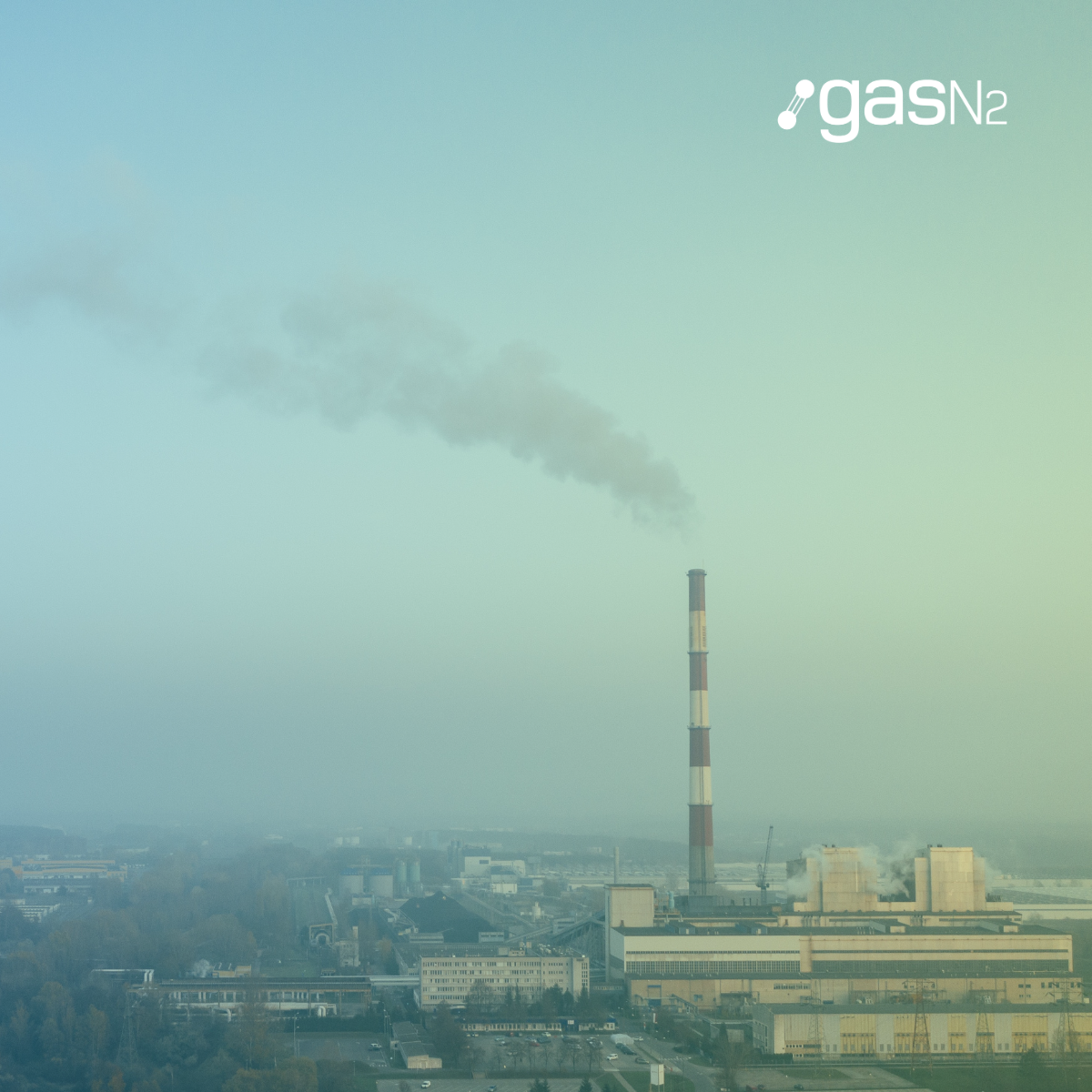GasN2 and the IQS GESPA group apply circular economy concepts to develop their own technology to capture and reuse CO₂. This research stems from the need to solve an environmental problem that has been on the rise: the emissions increment and the growing concentration of carbon dioxide in the atmosphere.
CO₂ is used as a raw material in many industrial sectors; it is very often that companies buy this raw material while their own production processes also generate it, but, in this case, it is considered emissions.
This joint project of GasN2 and IQS, in which Maria Garcia of the R&D department who is doing her PhD with IQS is involved, wants to solve these two scenarios through the capture and reuse of CO₂ by adsorption in industrial uses: in this way, the effect of CO₂ emissions is reduced and a supply of CO₂ as raw material is guaranteed, decreasing the consumption of fossil fuels used for its generation.
The IQS GESPA group and GasN2 have been cooperating for several years in the development and implementation of an own technology to capture CO₂ from industrial emission sources, which has been successfully achieved by the adsorption process through the use of new adsorbents. This CO₂ capture process by Vacuum Pressure Swing Adsorption (VPSA) has been considered as a promising technology due to its energy efficiency and operation flexibility, without waste generation and decreasing costs as it is a smaller size adsorption facility.
The research of the GESPA group (Grupo de Ingeniería y Simulación de Procesos Ambientales) is framed within the themes of environmental sustainability from a transversal perspective. It is formed by a team of multidisciplinary scientists who combine chemical engineering, biotechnology and chemical analysis with a theoretical-experimental approach to advance the sustainability of our society.
Its aim is to respond to contemporary society’s challenges: climate change and decarbonization, water shortage, circular economy, and sustainability. One of GESPA’s main lines of research is the mitigation of the impact of greenhouse gases, through the capture and conversion of CO₂ by means of adsorption, catalysis, plasma, and radio frequency processes and the study of the recovery and reuse of fluorinated gases by means of new alternative solvents and adsorption.

